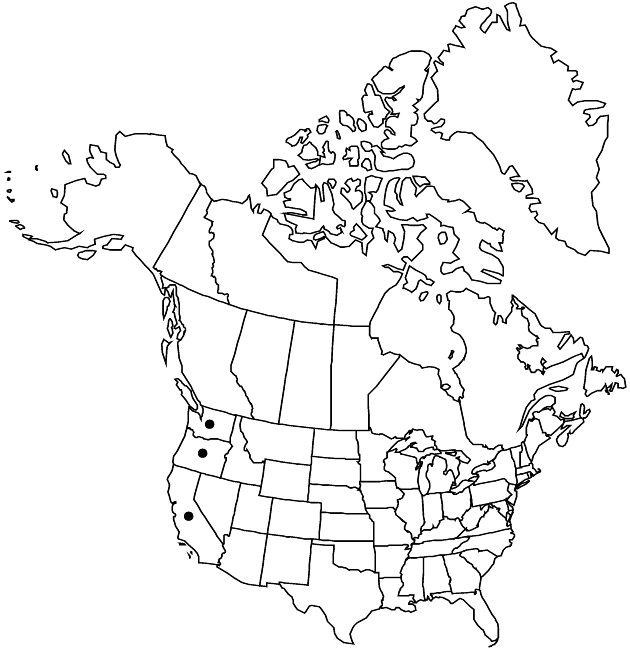Difference between revisions of "Solidago elongata"
Trans. Amer. Philos. Soc., n. s. 7: 327. 1841.
imported>Volume Importer |
(No difference)
|
Latest revision as of 20:41, 29 July 2020
Plants 25–150 cm; rhizomes short to long creeping, forming few to many-stemmed clones. Stems 1–20+, erect, proximally sparsely to moderately strigoso-villous, distally usually moderately to densely so. Leaves: basal 0; proximal cauline sessile, blades narrowly to broadly oblanceolate, 35–75 (–100) × (6–) 7.5–14 (–20) mm, proximal much smaller, tapering to bases, margins subentire or finely serrulate to coarsely, sharply serrate (teeth 0–9 per side), ciliate, 3-nerved, sometimes obscurely so, apices acute, abaxial faces glabrate to sparsely short-strigose, adaxial glabrous; mid to distal cauline sessile, blades oblanceolate, becoming lanceolate distally, 20–60 × 4–8 (–11) mm, largest near mid-stem, somewhat to much reduced distally, margins entire or finely serrulate, rarely serrate (teeth 1–8 per side), usually becoming entire to sparsely serrulate distally, ciliate, apices acute, faces glabrous or sparsely strigoso-villous, more so along abaxial nerves. Heads 12–500+, sometimes secund, in short to long, thyrsiform or narrowly secund-pyramidal paniculiform arrays, usually congested, club-shaped to rarely wand-shaped, (2.5–) 10–20 × (2–) 4–8 (–10) cm, branches usually ascending or sometimes arching spreading. Peduncles 2–7 mm, sparsely to moderately short strigoso-villous; bracteoles 1–3, linear, rarely minutely stipitate-glandular. Involucres narrowly campanulate, 2.5–3.5 (–4) mm. Phyllaries in 3–4 series, strongly unequal, margins sparsely long ciliate, acute, faces glabrous, rarely sparsely minutely stipitate-glandular; outer lanceolate, inner linear-lanceolate. Ray-florets (8–) 11–15 (–17); laminae 1–2.5 × 0.1–0.4 (–0.7) mm. Disc-florets (3–) 5–11 (–16); corollas 2.6–3.7 (–4) mm, lobes 0.5–1.2 mm. Cypselae (narrowly obconic) 1–1.5 mm, sparsely to moderately strigose; pappi 2.5–3.3 mm. 2n = 18, 36.
Phenology: Flowering Aug–Oct.
Habitat: Sandy, gravelly soils, coastal headlands, thickets, open woods, meadows, along streams and creeks
Elevation: 0–2800 m
Distribution

Calif., Oreg., Wash., Mexico (Baja California)
Discussion
In California, coastal plants of Solidago elongata often have thicker leaves; those of the Sierras are often membranous and obscurely triple-nerved. This species can be similar to S. lepida, which usually has much larger distal cauline leaves.
Selected References
None.